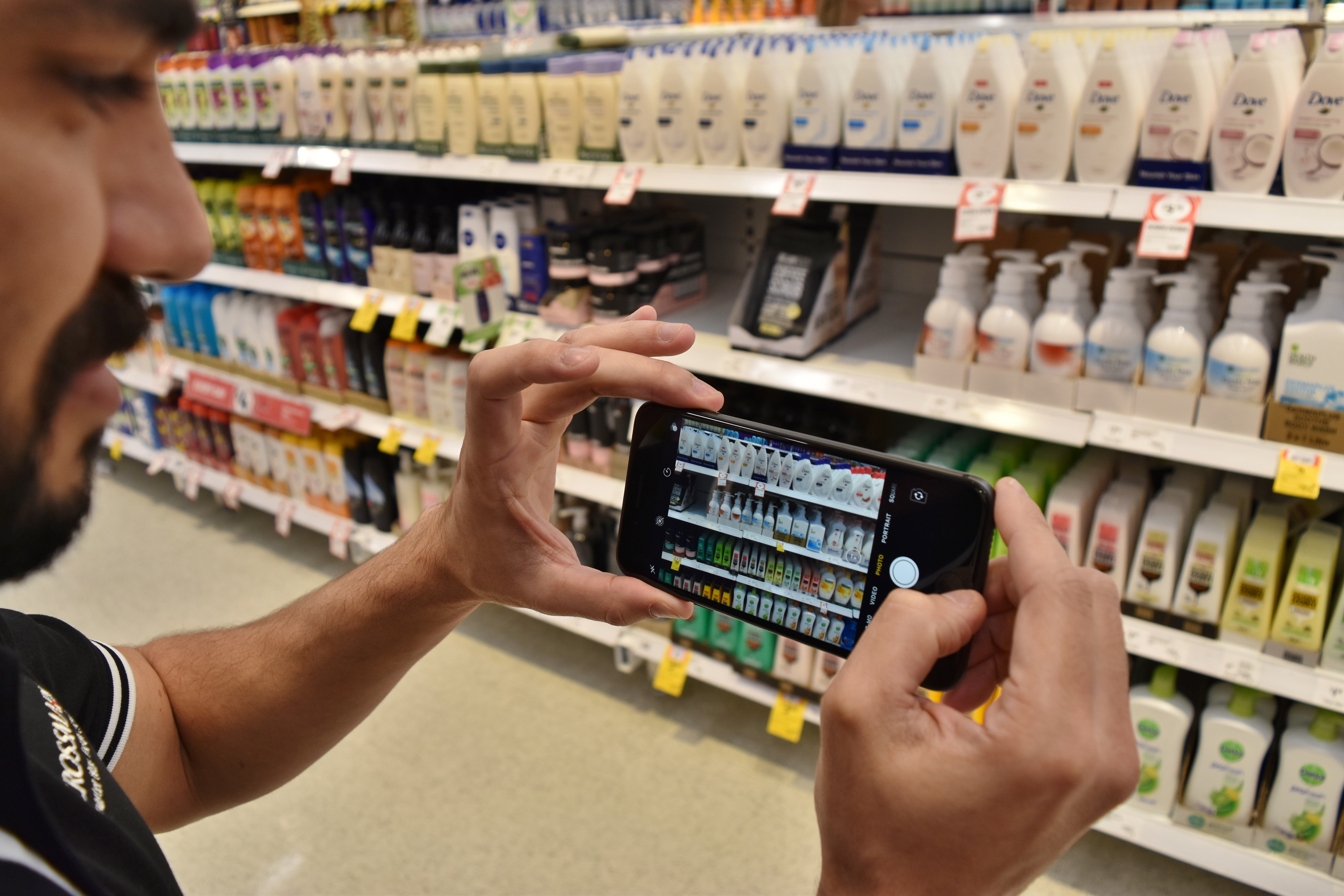Key trends include an increasing reliance on tech and a growing demand for convenient, healthy food.
As we approach the end of the year, a busy period for FMCG brands with heightened promotional and planning activity, CROSSMARK identifies the five key trends affecting our $100+ billion grocery sector. Most of these revolve around changing shopper behaviour and will have a significant impact on how suppliers, manufacturers and their retail partners operate going forward. As highlighted at this year’s AFGC conference, key trends include an increasing reliance on tech and a growing demand for convenient, healthy food. Tailored ranging and a continued focus on the environment will also shape the grocery landscape in 2020.
1. Consumer reliance on technology
All signs point towards consumers becoming much more dependent on technology. People today have so much power and knowledge thanks to their phones, with information literally at their fingertips. They rely on this technology as a trusted source of information, which has resulted in a range of different shopper behaviours. For example, the need for instant gratification, and the impact that ‘one voice’ can now have on the success of a brand or product through social media and the rise of ‘influencers’.
Targeted online advertising is also making a difference with consumers becoming conditioned to receiving information that is based on analytical data that identifies products specifically suited to their tastes and buying patterns. Amazon is leading the way here by identifying people’s tastes through Alexa or online shopping sites and using the customer data to create personalised shopping recommendations that target them accordingly.
2. Convenience
Coles and Woolworths both announced plans to redesign their smaller format stores to meet the growing demand for convenience. Consumers are increasingly seeking quick, healthy ready-made meals to eat that night, rather than planning their dinners in advance and doing a large weekly shop. The trend for convenience is a huge growth opportunity for retailers and suppliers but it will present challenges as, ultimately, price remains king. While research may point to customers’ willingness to pay a premium for convenient, healthy food, the reality is many consumers still base their purchasing decision on price.
3. Tailored store ranging
Bespoke store ranging will become more prevalent as retailers recognise the different buying habits based on demographics in different areas. And while this trend speaks to what shoppers are asking for, it throws up a whole new set of challenges for suppliers and retailers. For brands, the challenge will be around recouping the R&D and manufacturing costs of products associated with the reduced scale of customised ranges.
For the retailer, it presents a logistics challenge around how they manage the numerous varieties within a product range, and the bespoke on-shelf ranging required for each store based on the buying habits of shoppers in a store’s area. Consequently, different store planograms will need to be developed for each store, particularly if certain SKUs are semi-exclusive to certain areas. The volumes of each product being dispatched to each store is also going to be smaller; it’s a new challenge for an industry that’s traditionally built upon speed and scale.
4. Environmental and health-conscious shoppers
This trend emerged last year and continues to gain pace with shoppers, who are becoming increasingly concerned about the amount of packaging used, its impact on the environment, and where their food is sourced from. This year, there was a noticeable difference in the growing sense of urgency and the need for change, with packaging, plastics and straws a hot topic for debate.
5. Stabilised growth
Another key trend to emerge from this year’s AFGC conference was how the economy will impact the grocery sector, with year on year retail sales growth expected to hover around three to four per cent for the next few years. While this is a big drop from the seven to eight percent growth the industry enjoyed a decade ago, it is a definite improvement on the years prior. Retailers and suppliers are both expected to see an uplift this year, but for retailers the growth opportunities are forecasted to be based on new product development and cost cutting measures.
It is certainly an interesting time ahead for the FMCG sector as many of the key trends challenge the basic fundamentals of grocery retailing - speed, mass and scale. The key will be striking a balance between price and quality, and how they remain relevant to shoppers. For CROSSMARK, staying close to these market shifts is essential to help us to better serve our clients for strategic sales growth.
We simply love retail - to see how we can help your business or start a conversation about the retail landscape, please feel free to contact us via email or on +61 2 9439 1233.

